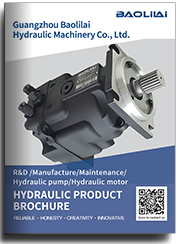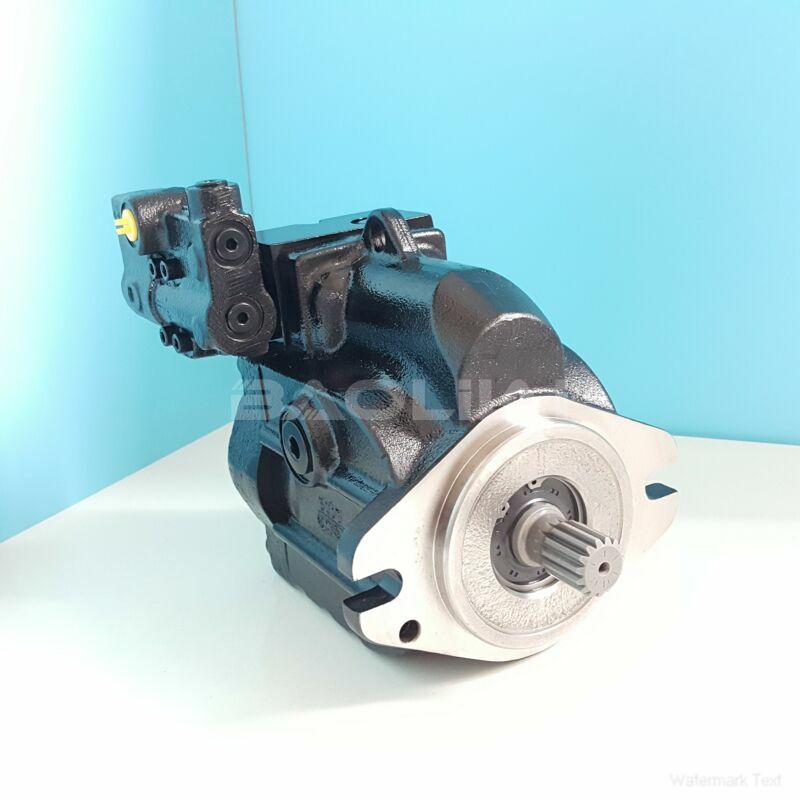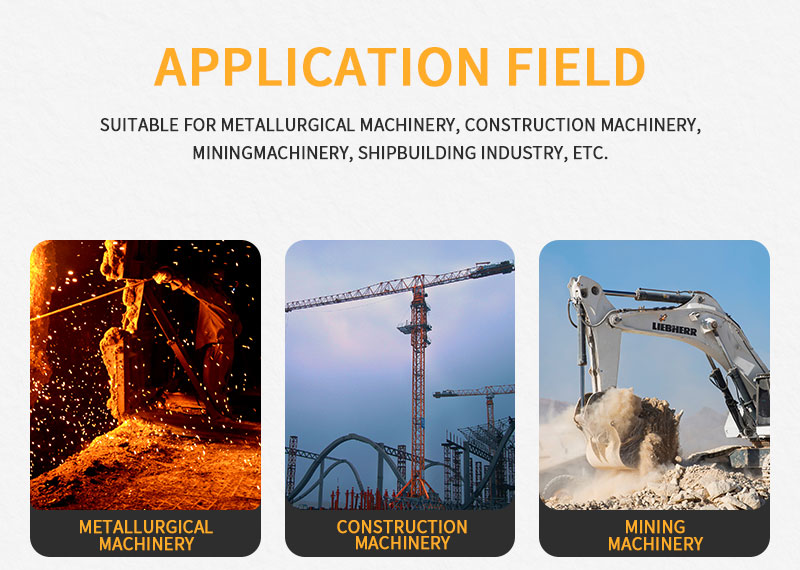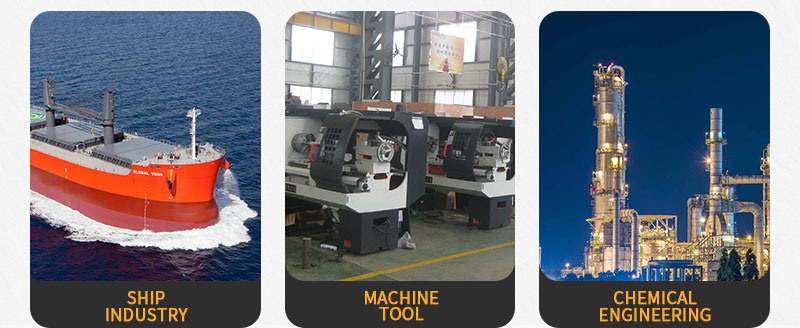KRR045DPC12NNNNN3K2NKA6NKNBNNNNNN sauer danfoss pump
KRR045DPC12NNNNN3K2NKA6NKNBNNNNNN sauer danfoss pump

- Product Details
- Applicable Scene
The design of hydraulic oil pumps for hydraulic steering systems in commercial ships is a critical aspect of marine engineering. These systems ensure precise and responsive control of the vessel’s direction, which is paramount for safe navigation. The effectiveness of hydraulic steering systems largely depends on the efficiency and reliability of the hydraulic oil pumps used.
KR-R-045D-PC-12-NN-NN-N-3-K2NK-A6N-KNB-NNN-NNN
KRR045DPC12NNNNN3K2NKA6NKNBNNNNNN
Hydraulic oil pumps function by converting mechanical energy into hydraulic energy, creating the pressure required to move the hydraulic fluid through the steering system. The design of these pumps must consider several factors, including flow rate, pressure requirements, pump efficiency, and durability under harsh maritime conditions.

83041874
One of the primary considerations in the design of hydraulic oil pumps is the flow rate, which is determined by the size of the vessel and the required response time for steering. For larger commercial ships, the pump must deliver a higher flow rate to ensure that the steering response is adequate, especially during critical maneuvers. The flow rate is often characterized in liters per minute (L/min) and must be aligned with the specifications of the steering gear.
Pressure is another crucial aspect of hydraulic pump design. The pumps must generate sufficient pressure to overcome resistance in the hydraulic system while ensuring that the steering remains responsive. Typically, hydraulic steering systems operate at pressures ranging from 100 to 200 bar, but this can vary based on specific design requirements. Engineers must select materials that can withstand these pressures, ensuring the integrity and safety of the pump over extended periods.
Efficiency is also a pivotal factor. High-efficiency pumps consume less energy, translating to lower operational costs and reduced wear and tear. Engineers often analyze various pump designs, such as gear pumps, vane pumps, or piston pumps, to determine which type offers the best efficiency for a given application. Each type has its advantages; for instance, gear pumps are robust and simple, while vane pumps can provide a smoother flow and quieter operation.
Durability is essential given the working environment in commercial ships. The marine environment poses challenges such as corrosion, saltwater exposure, and extreme temperature fluctuations. Therefore, selecting materials and coatings that can resist corrosion is crucial for ensuring the longevity of the pump. Additionally, the design must incorporate features such as easy maintenance access and the ability to withstand vibration and shock loads experienced during sea travel.





